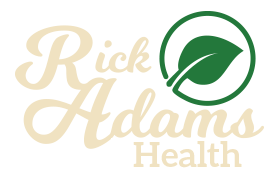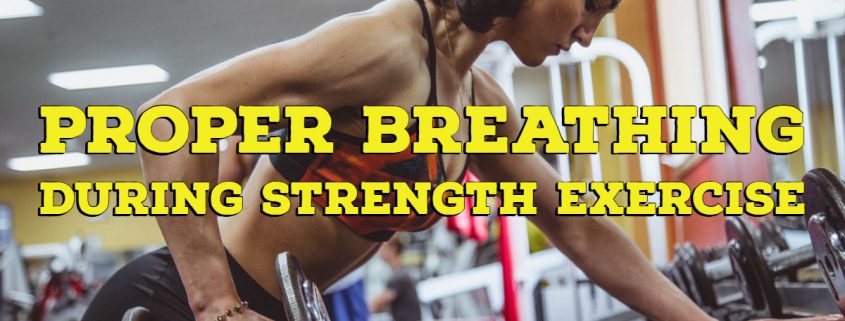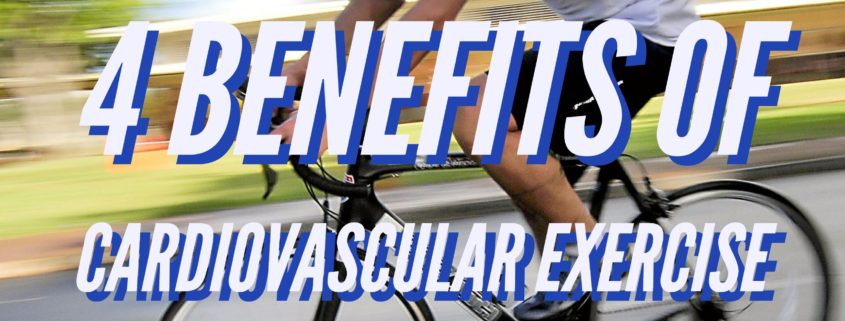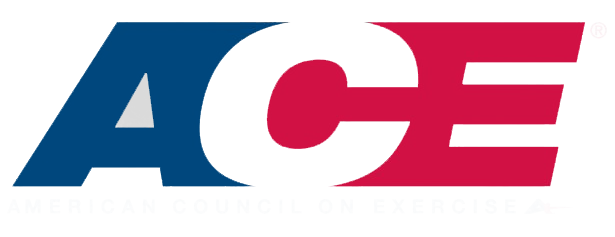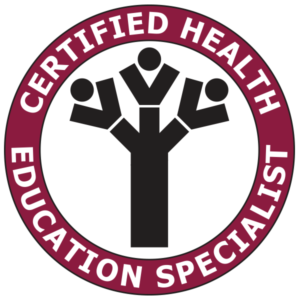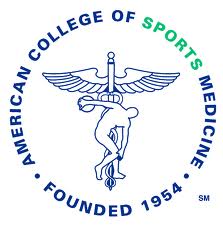The amount of rest you give yourself during your workout is incredibly important and should vary depending on the specific type of exercises you are doing. You do not want to push it too hard and overtrain yourself. You also do not want to give yourself too much time to rest and find yourself cooled off and out of rhythm. Hopefully this blog will give you a better understanding of how much rest to take for the type of workouts you want to do and the results you want to get.
One simple rule to understand is the more intense your workout is, the more rest time will be required between exercises and between each set of each exercise. The opposite is also true, less intense exercises will require less rest between each exercise and between each set of each exercise. That means someone lifting a lot of weight for a given exercise is going to be exhausted after they have finished a set of that exercise so a few minutes may be necessary before their next set or exercise. If you are working with body weight, light weights, or light resistance bands then you may only need 20 or 30 seconds before the set or exercise. This is important because if you start the next set or exercise before the necessary amount of rest is complete can lead to poor form, which can lead to injury, and not getting the most out of each exercise.
As you progress, the workouts while slowly become easier and less intense overall. Some people might add more resistance, such as adding more weight, to their exercises. That is a viable option if you have access to larger weights and it does not cause pain or discomfort. But if heavier weight is not realistic for you, a great option is to decrease your rest time between sets and exercises. If you usually take about a minute in between each set or exercise, try cutting back to 40 or 50 seconds between each set or exercise. The workout will noticeably become more intense and will help you keep progressing towards your goals while avoiding a plateau.
By decreasing your rest time between sets or exercises you will be adding an element of cardiovascular exercise into your strength exercise routine. When you reduce your rest between sets and exercises you will notice yourself huffing and puffing more than you were before. While it may not give additional benefit to muscle strength, it will improve heart efficiency and lung capacity. The improvements you will see can include greater stamina, greater endurance, healthier lower blood pressure, and healthier lower heart rate. But be careful, if you decrease your rest time too dramatically you may find yourself more exhausted in and out of your workouts, at increased risk of injury as your form may be compromised, and beginning to dislike your workouts as they will become too difficult. In that case increasing your rest could solve those issues.
It is important to find what is best for you and to understand what amount of rest is appropriate for your workouts. It can be a great tool for getting more out of your exercises while not having to get access to larger weight or thicker resistance bands. Never make a drastic decrease in your rest time, start small and if you feel the routine getting easier again, then reduce it a little more. Of course, you can always increase your rest time if things get too difficult. Stay safe and I hope this is a benefit to your workouts and health goals.

ACSM Personal Trainer, ACE Health Coach, CHES
